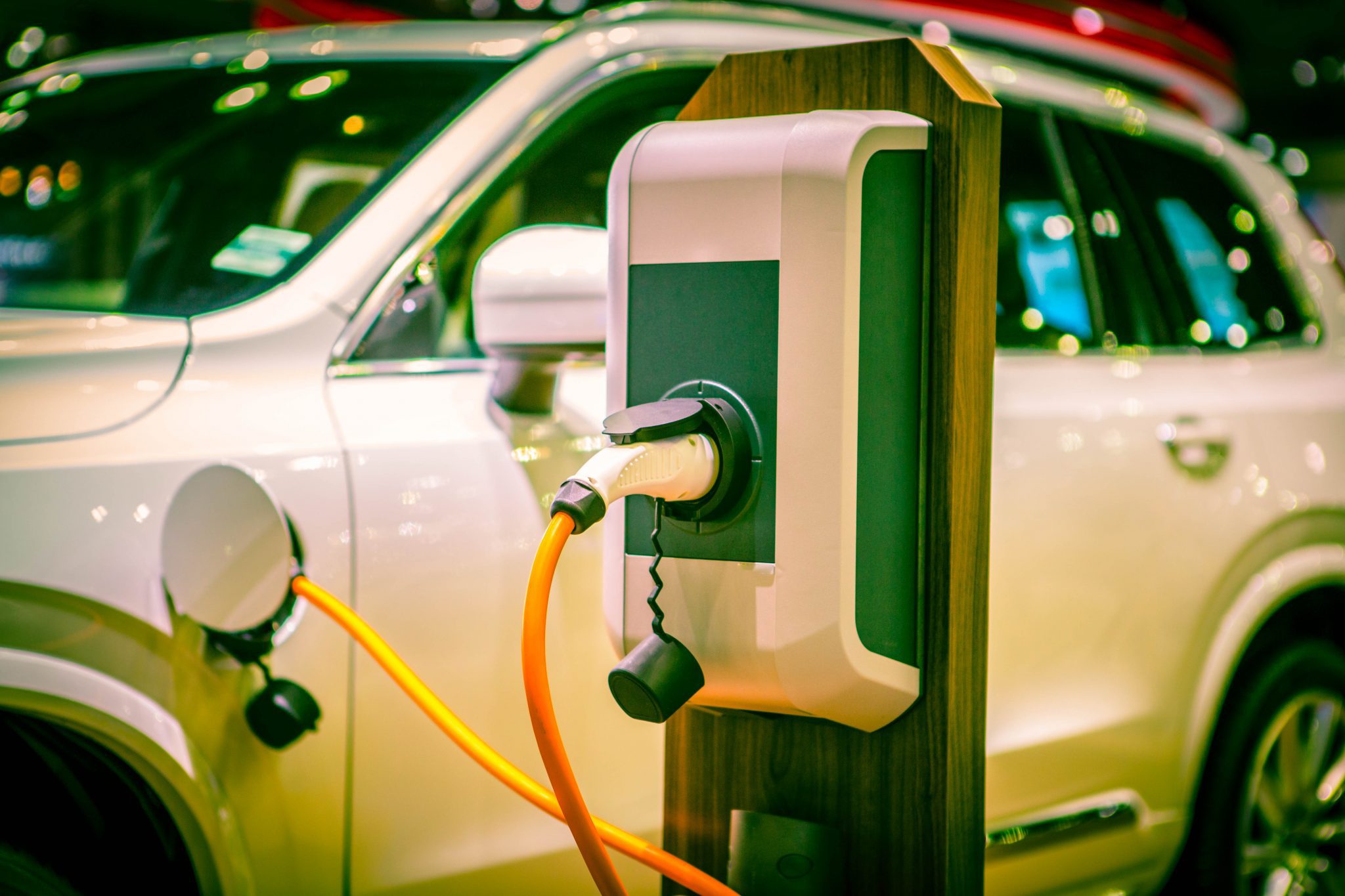After a three-year skid, sales of green vehicles (hybrid, PHEV, EV and hydrogen) revved up in the first half of 2017, thanks in part to what would have once been considered an unlikely source — the light truck segment. According to new analysis from Edmunds, green vehicle sales are up 21.5 percent in the first half of 2017 compared to the same period in 2016. Driving this growth is a diversification of the green model lineup to include bigger vehicles that tap into consumers’ love of SUVs, such as the Kia Niro, a hybrid compact crossover SUV. Light trucks now make up 22.9 percent of the green vehicle market, up from 5.2 percent in 2012.
“If automakers want car shoppers to adopt green technology, they can’t just offer it exclusively in a little econobox,” said Edmunds Executive Director of Industry Analysis Jessica Caldwell. “While the styling of the iconic Prius used to be trendy, consumers today don’t necessarily want a vehicle whose design screams ‘green car.’ And as tastes have taken a dramatic turn away from passenger cars, and battery technology improves, automakers have an opportunity to drive adoption forward by offering electric powertrains in vehicles shoppers actually want.”
Also moving the needle on green vehicle sales this year are plug-ins (including PHEVs and EVs), which have increased 45 percent in volume year over year. One out of every 100 vehicles sold in 2017 had a plug. While still a marginal subset of overall sales, the introduction of the Chevrolet Bolt, ramped-up production of the Tesla Model 3, and the release of the new Nissan Leaf later this year will play starring roles in the plug-in’s turn in the spotlight.
|
Green Car* Sales Volume and Market Share |
||||||
| H1 | All Green Car Sales |
Green Car Market Share |
Year-Over- Year Market Share |
Average Price of Regular Gas |
||
| 2017 | 266,488 | 3.2% | 24% | $2.36 | ||
| 2016 | 219,342 | 2.5% | -11% | $2.07 | ||
| 2015 | 242,104 | 2.8% | -20% | $2.46 | ||
| 2014 | 288,861 | 3.5% | -6% | $3.54 | ||
| 2013 | 294,989 | 3.8% | 19% | $3.59 | ||
| 2012 | 230,056 | 3.2% | 46% | $3.66 | ||
| *Green cars include hybrid, PHEV, EV and hydrogen | ||||||
It remains to be seen whether electric vehicle sales will be able to stand up on their own after federal tax credits begin expiring. Federal subsidies have provided a much-needed boost for EVs and PHEVs, but as GM, Tesla and Nissan close in on the 200,000-vehicle cap on federal tax credits, and new or extended government incentives are uncertain, the future is murky on whether electric vehicles will be able to attract buyers without a steep financial incentive.
“Americans tend to buy cars based on emotion,” said Caldwell. “If automakers can hone in on the right products that excite buyers without the carrot of government subsidies, EVs have a much better shot at going mainstream at a quicker pace.”
|
Automakers Approaching the Phaseout Stage of Plug-in & EV Rebates |
||||||
| (Cumulative Sales Qualifying for Federal Tax Credits) | ||||||
| Automaker | Q1 2016 | Q2 2016 | Q3 2016 | Q4 2016 | Q1 2017 | Q2 2017 |
| GM | 100,335 | 107,562 | 115,047 | 124,366 | 133,039 | 142,961 |
| Tesla | 66,179 | 76,307 | 88,627 | 100,261 | 112,155 | 121,410 |
| Nissan | 92,522 | 95,384 | 98,829 | 103,597 | 106,884 | 110,845 |
| Ford | 63,848 | 70,296 | 77,077 | 84,157 | 89,067 | 94,681 |
| Toyota | 46,145 | 46,164 | 46,174 | 48,596 | 52,942 | 58,288 |
| BMW | 22,404 | 26,599 | 31,643 | 36,321 | 39,522 | 42,965 |








